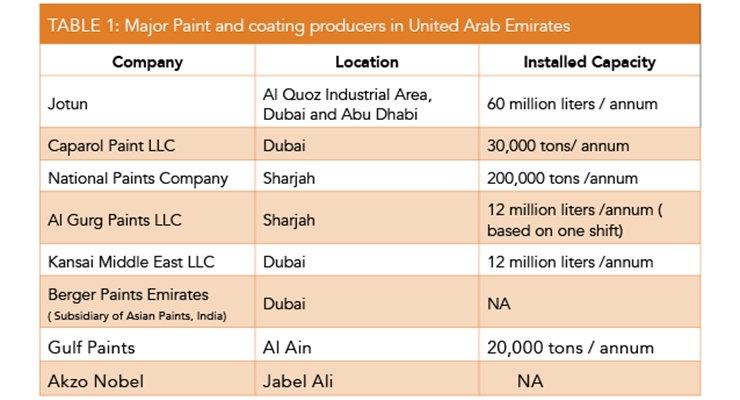Experience The Impressive Effect Of Paint Methods In Enhancing Small Rooms, Revealing Methods That Produce A Feeling Of Openness
Experience The Impressive Effect Of Paint Methods In Enhancing Small Rooms, Revealing Methods That Produce A Feeling Of Openness
Blog Article
Web Content Author-
In the realm of interior decoration, the art of maximizing small areas with strategic painting techniques supplies an extensive chance to change confined areas into visually extensive shelters. https://www.pittsburghmagazine.com/this-is-the-color-everyone-will-be-painting-their-home-next-year/ of light shade schemes and brilliant use visual fallacies can work marvels in producing the impression of area where there seems to be none. By using these methods sensibly, one can craft a setting that resists its physical limits, welcoming a sense of airiness and visibility that belies its real measurements.
Light Shade Choice
Selecting light colors for your painting can considerably boost the impression of room within your artwork. Light colors such as soft pastels, whites, and light grays have the capacity to reflect more light, making an area feel more open and ventilated. These colors develop a sense of expansiveness, making wall surfaces show up to decline and ceilings seem higher.
By utilizing light shades on both walls and ceilings, you can blur the limits of the room, providing the impact of a larger location.
Additionally, light shades have the power to bounce all-natural and man-made light around the room, brightening dark corners and casting less shadows. This impact not just adds to the overall spacious feeling but likewise develops a much more welcoming and lively environment.
When selecting light shades, think about the touches to guarantee consistency with various other elements in the space. By strategically integrating light shades into your paint, you can change a restricted room into a visually bigger and much more inviting setting.
Strategic Trim Paint
When intending to create the illusion of space in your paint, tactical trim paint plays an important role in specifying boundaries and improving deepness assumption. By purposefully selecting simply click the next website page and surfaces for trim work, you can efficiently manipulate how light connects with the room, eventually affecting how large or tiny an area feels.
To make a room appear bigger, think about repainting the trim a lighter color than the wall surfaces. This contrast develops a sense of depth, making the wall surfaces decline and the area feel even more extensive.
On Suggested Site , painting the trim the very same shade as the walls can produce a smooth look that blurs the sides, offering the illusion of a continual surface area and making the boundaries of the area much less specified.
In addition, utilizing a high-gloss surface on trim can show more light, more boosting the perception of room. On the other hand, a matte finish can absorb light, creating a cozier ambience.
Thoroughly considering https://painternearme31976.blog2news.com/30837500/improve-your-home-with-fashionable-paint-colors-tips-from-specialist-painters when painting trim can substantially affect the general feel and viewed size of an area.
Visual Fallacy Techniques
Making use of visual fallacy strategies in paint can efficiently change assumptions of depth and room within a given environment. One common method is making use of slopes, where shades transition from light to dark tones. By using a lighter color on top of a wall and gradually dimming it in the direction of all-time low, the ceiling can show up higher, developing a sense of vertical area. On the other hand, repainting the flooring a darker color than the walls can make it appear like the space expands better than it actually does.
An additional visual fallacy technique entails the critical placement of patterns. Straight stripes, for example, can visually expand a slim area, while upright red stripes can lengthen a room. Geometric patterns or murals with perspective can likewise deceive the eye into regarding more depth.
Furthermore, integrating reflective surfaces like mirrors or metal paints can bounce light around the room, making it feel more open and large. By skillfully employing these visual fallacy strategies, painters can transform little rooms into aesthetically large locations.
Final thought
In conclusion, calculated painting methods can be utilized to optimize small rooms and create the illusion of a bigger and much more open area.
By picking light colors for wall surfaces and ceilings, using lighter trim colors, and including optical illusion techniques, perceptions of deepness and size can be adjusted to change a little area right into an aesthetically larger and much more welcoming environment.
